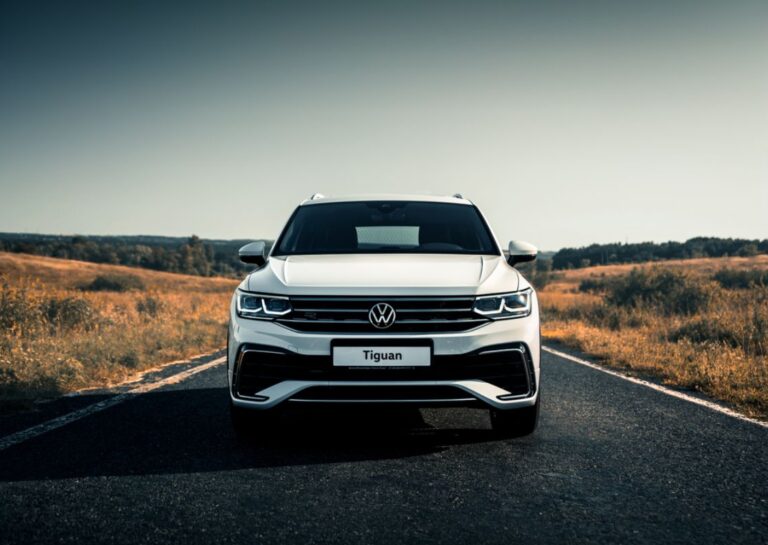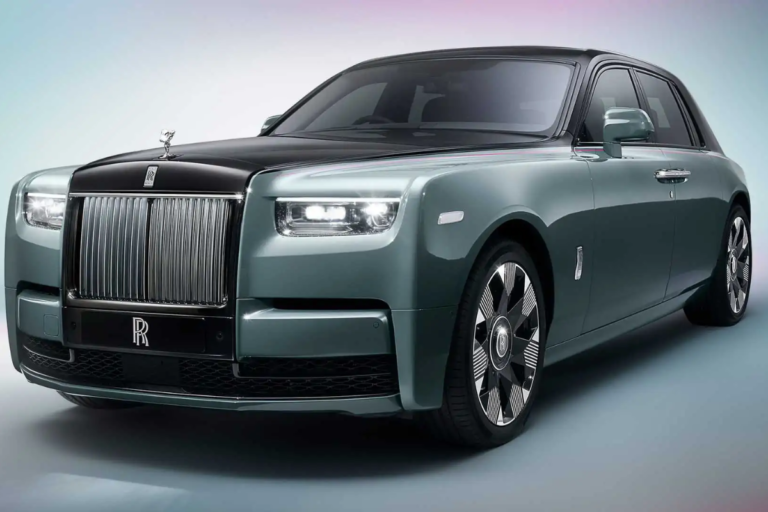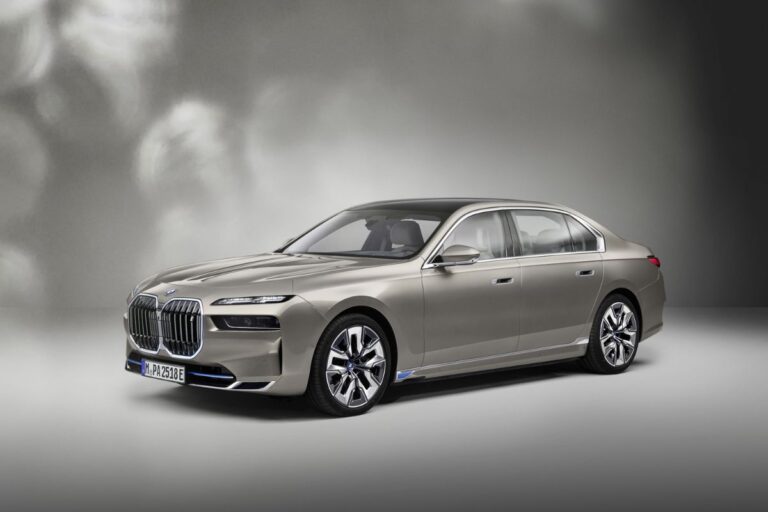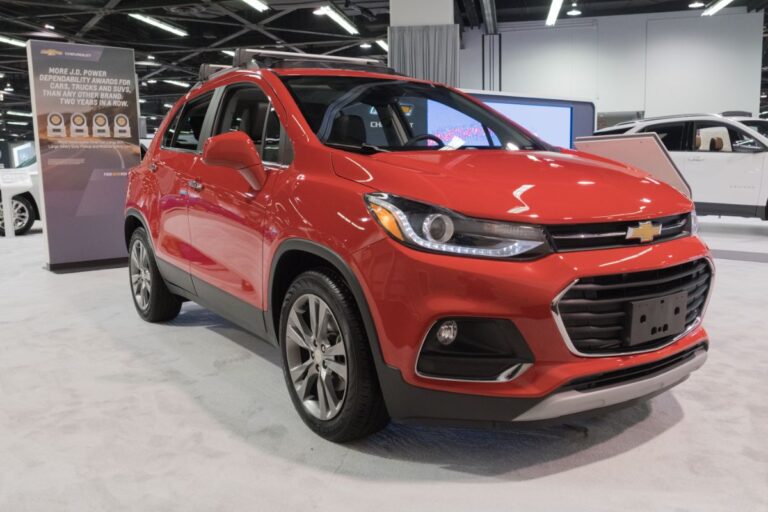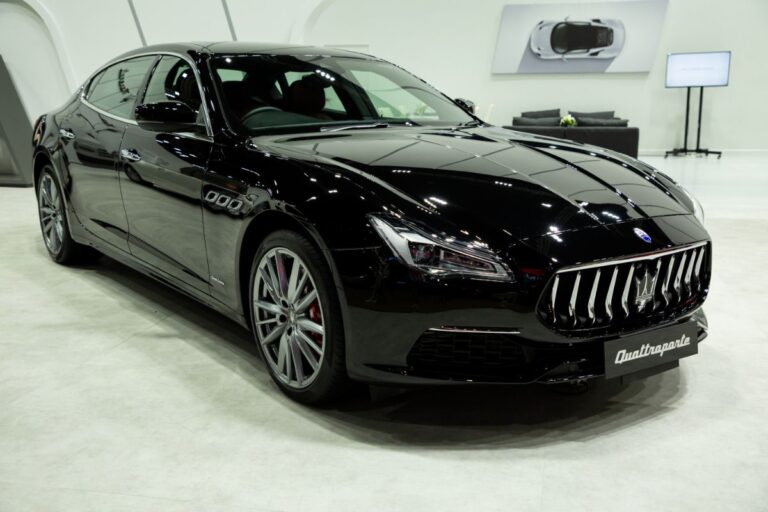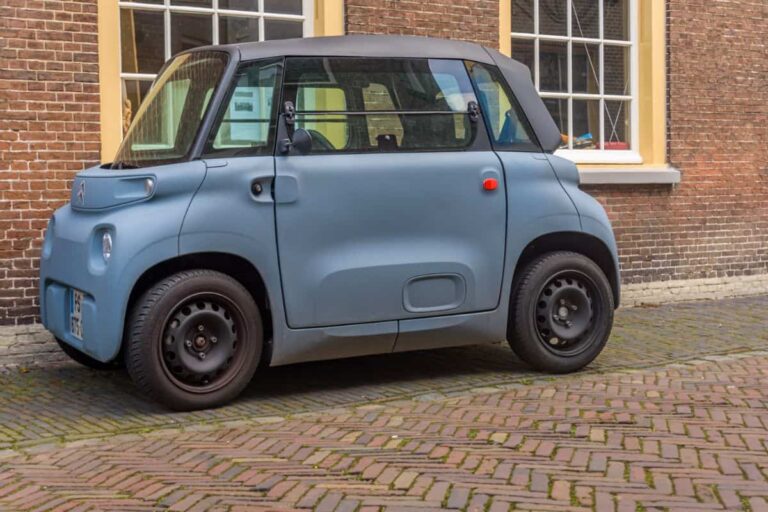As the name implies, electric cars run on electricity which means that instead of gas, they have batteries that must be periodically recharged.
Unlike gas cars, electric cars are far more robust and long-lasting. But, they do have a weakness – cold!
Just as winter is unpleasant for most of us humans, the same can be said about electric cars. They don’t work as well in cold weather conditions as they do in full sun exposure. That’s why it’s important to take certain measures to keep your electric car running in the winter.
The first thing you need to do is recharge your vehicle prior to every trip so that you don’t get stuck on the road in the middle of winter. When your electric car’s batteries lose heat, the car fluids get all thick and frozen, causing the car to stop working.
But why does cold weather affect electric cars so much and why won’t they start when it gets really cold? Keep reading for answers to these and similar questions. Let’s look at the factors that negatively affect the electric car during winter.
Why won’t an electric car start in cold weather?
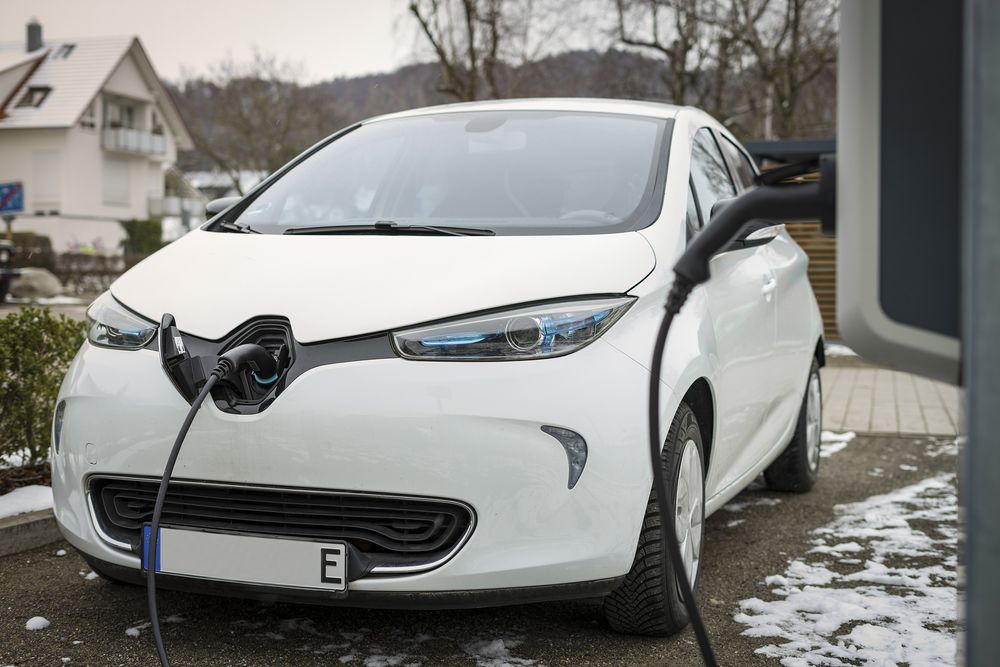
Contrary to popular belief, the battery is not the main issue here. It just takes more power for the battery to start in cold weather as opposed to warm weather conditions because the slower your battery is at achieving the chemical reaction required to make it run, the harder it is for your car to run.
In simple terms, when the battery gets cold it becomes less functional because of heat energy that’s lost. Since electric vehicles don’t have an engine that produces heat to warm the car like with gas vehicles, the battery power is forced to focus on other systems of the car. When they are overused, these systems will drain the battery.
Once this happens, you might have problems starting your electric car below a certain temperature. The colder it gets, the higher the chances of your electric car giving you problems on the road. So if you plan on traveling by your electric car, make sure to recharge it well ahead of time so that your battery is on full mode by the time you heat the tarmac.
You’ll also want to reduce the demand from other systems in your car so they won’t drain your car’s battery.
NOTE: Cold batteries don’t produce the same amount of power as warm ones do and this will definitely affect the performance of your car.
What can you do to solve this problem?
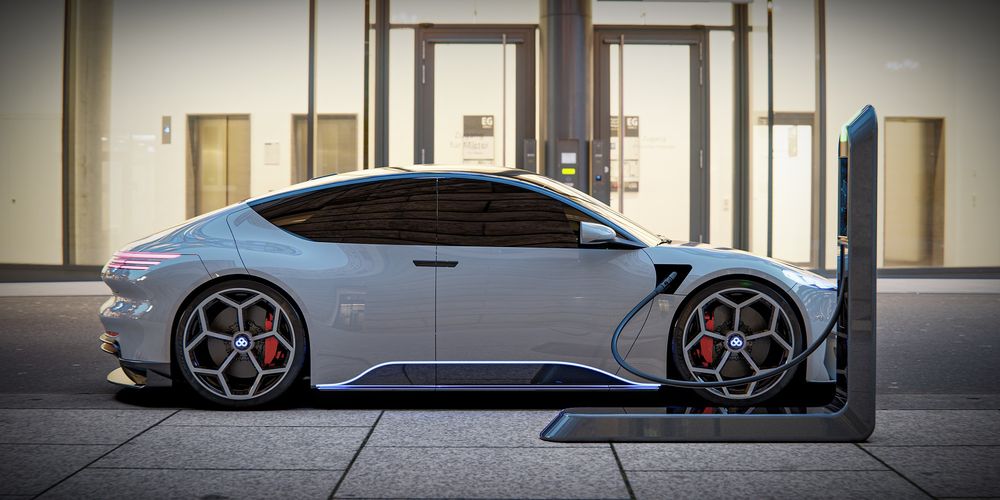
While scientists are busy trying to come up with a battery that won’t use energy for these electric cars, they still haven’t announced anything concrete. Perhaps they’ll come up with a solution at some point but for now, it’s up to you as the vehicle owner to do what’s necessary.
One thing you can do is invest in electric car batteries with a longer range. Ideally, your car’s batteries should have a life expectancy of 20% charge or more. They’ll give you fewer problems on the road. Apart from that, look out for innovations in EV technology that can help to protect the battery from cold weather.
Things to consider when taking a journey in an electric car

- Check to make sure your battery is fully recharged prior to your trip.
- Determine the distance you plan to travel and how long you have until you reach the next charging station. Fast charging stations can recharge your battery within 30 to 45 minutes.
- Avoid switching on the heater, radio, and lights unless you absolutely have to. These systems can really drain your car battery so reducing them can help your batteries last longer.
- When driving in cold weather, it’s important to slow down and drive safely. Even with their advanced technology, these cars will spin out on ice and snow just as easily as gas cars would.
- Every electric car has an “Eco Mode” that can be used to adjust performance and save your battery. Selecting Eco Mode in cold weather can help you extend your range.
How to start your electric car when it’s freezing
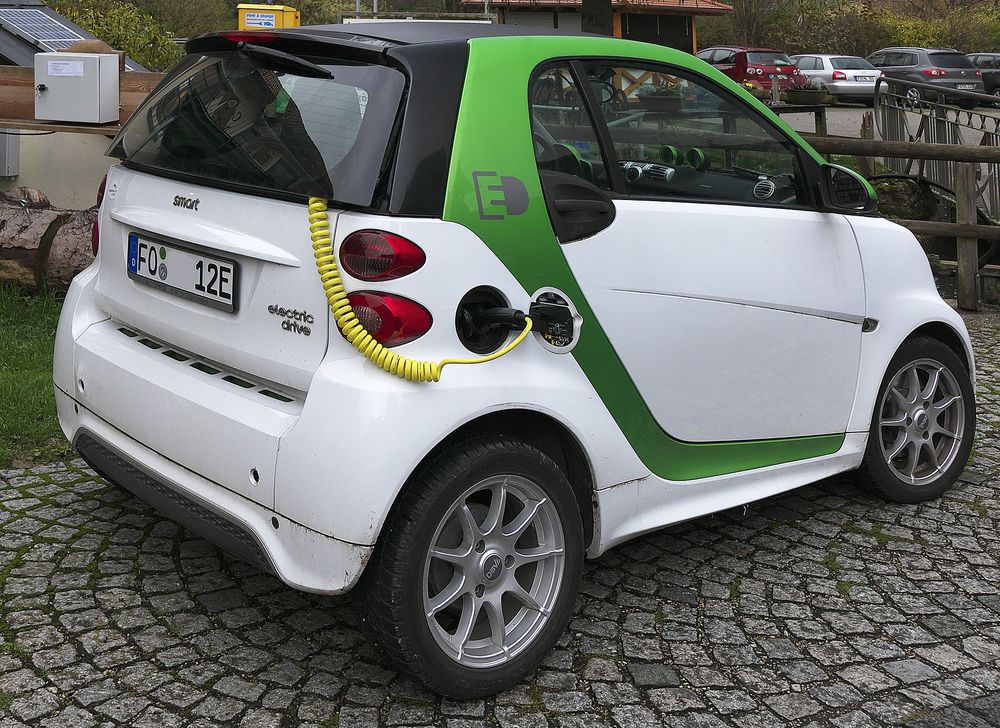
First of all, shut off the heater, radio and lights then put the keys in the starter. Turn and hold the key for up to 10 seconds. If the process doesn’t work, wait for a minute before you repeat it and do so until it works.
At what temperature will your electric car not start?
It’s not every season that will give you problems when driving your electric car, but the winter is especially challenging. The colder it gets, the harder it usually is to operate an electric car.
While most cars are still able to start well under a freezing temperature of 32- degrees, some will not start at all. Anything below 40 or above 115 degrees F can cause the battery to not perform the way you would expect it to.
Typically, 60 to 80 degrees is the sweet spot at which most electric car batteries perform their best. Once the temperature drops below that threshold, the electrolyte fluid becomes sluggish thus causing the battery to produce less power.
Winter storms are another issue that can affect your ability to travel if you drive an electric car. Because the lithium-ion that powers EV batteries is so sensitive, extremely low temperatures can affect the function of your car’s battery at a fundamental level. Needless to say, you’ll want to stay off the road during winter storms and similar conditions during the winter or take your gas guzzler out instead.


